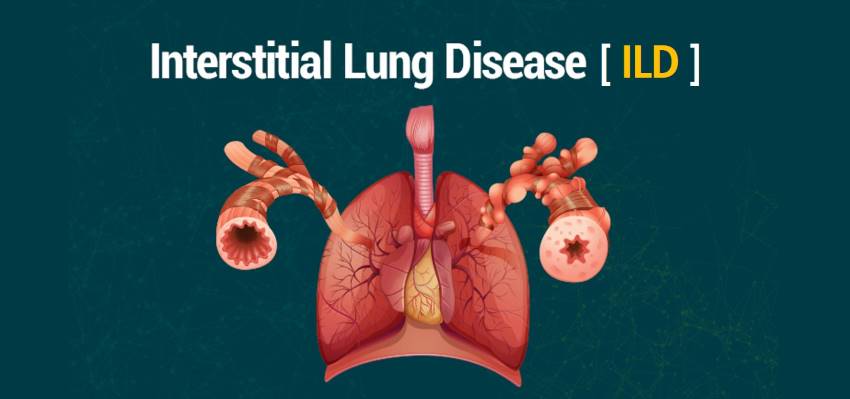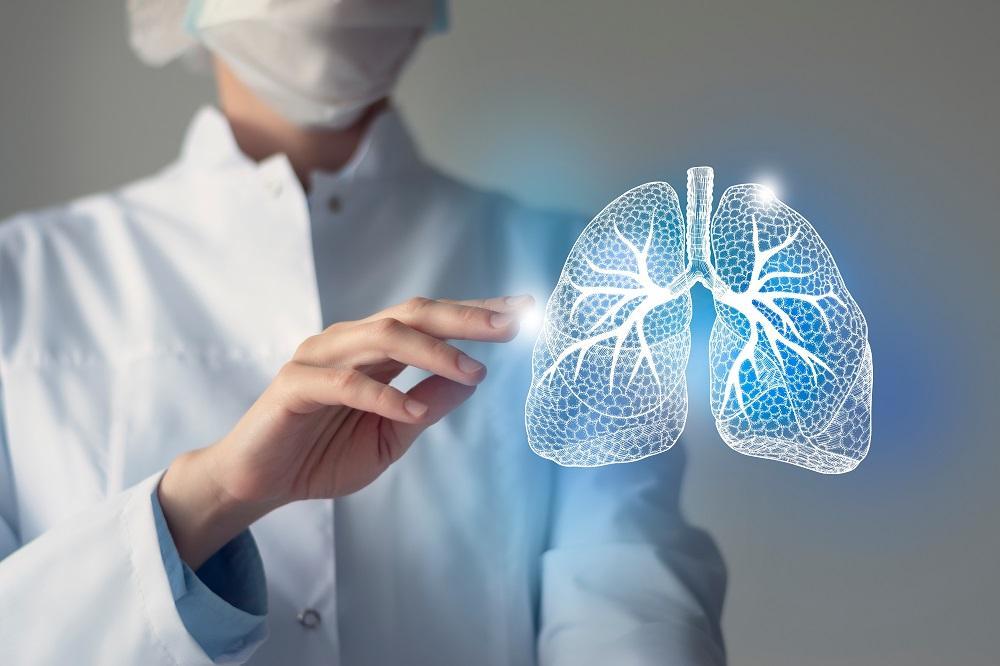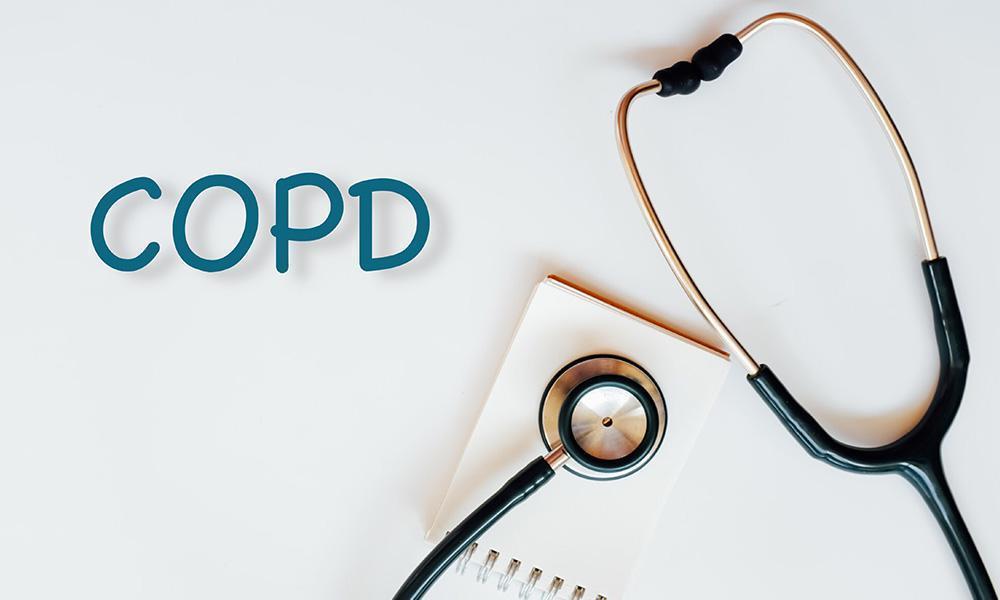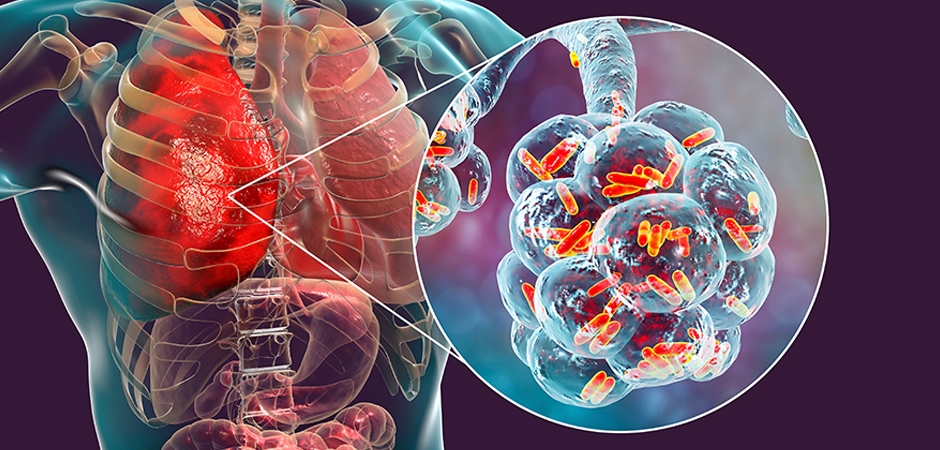Interstitial lung disease includes many different conditions, most of which cause lung scarring. Once your lungs are scarred, the damage is permanent, but with intensive treatment from Dr. David Kamelhar, at Kamelhar Pulmonology in Midtown East Manhattan, you may be able to slow down or stop the progressive scarring and improve your ability to breathe. To schedule an appointment, call the office in New York City or book an appointment online today.
Interstitial Lung Disease Q & A
What is interstitial lung disease?
Interstitial lung diseases include more than 200 disorders that cause inflammation and scarring in an area of your lungs called the interstitium. That space is where oxygen transfers from the air sac and enters your blood stream. At the same time, carbon dioxide leaves your blood and goes into your lungs, allowing it to be exhaled
When inflammation or scarring develops, your lung becomes stiffer and harder to expand. In addition, the exchange of oxygen and carbon dioxide does not happen properly. As a result, your body doesn’t get the oxygen it needs. If the condition becomes severe, carbon dioxide may accumulate in your bloodstream to dangerously high levels.
In some types of interstitial lung disease, the scarring progresses from the interstitium to the air sacs as well, further compromising the ability of oxygen to enter your bloodstream.
What causes interstitial lung disease?
The first thing that the doctors at Kamelhar Pulmonology do is to try to identify a specific cause for the inflammation and scarring that is occurring in your lung. If such a cause can be found, then it may be eliminated and the process stopped and even reversed. The underlying cause of interstitial lung disease is not always identifiable.
Interstitial lung disease often develops due to:
- Autoimmune diseases
- Connective tissue diseases including rheumatoid arthritis, sclerederma, and polymyositis
- Sarcoidosis
- Certain medications including certain treatments for cancer
- Lung radiation used for cancer treatment
- Inhaled environmental and occupational particles (e.g., asbestos, chemicals, dust, fumes)
- Inflammation from disorders of the esophagus or of the swallowing process
- Vaping
Some types of interstitial lung disease get their name from the type of environmental irritant. Examples include farmer’s lung (from inhaling farm dust), asbestosis (from inhaling asbestos), and silicosis (from inhaling silica dust).
What symptoms does interstitial lung disease cause?
As the inflammation or scarring worsens, you may develop symptoms such as:
- Dry cough
- Shortness of breath
- Chest discomfort
- Fatigue
You may also develop complications such as pulmonary hypertension, which is high pressure in the blood vessels of your lungs. That can in turn affect the right side of your heart.
How is interstitial lung disease treated?
During your initial visit, your physician at Kamelhar Pulmonology will thoroughly review your medical history and perform a physical examination. Pulmonary function or breathing testing will be performed in their office as well. For example, you may need blood tests, a chest X-ray, or a chest CT scan.
Your treatment begins with a plan to identify and eliminate the irritants contributing to your interstitial lung disease. Elimination of or correction of contributing factors may be all that is needed.
Your physician may prescribe one of several medications that can slow down some types of interstitial disease. While prednisone and other corticosteroid medications have been the treatment of choice in the past, there are now non-steroidal medications that treat inflammation and slow or stop the scarring. These are termed “steroid-sparing” and avoid complications most often associated with long-term use of prednisone and related medications. There are as well medications specifically designed to prevent the advancement of lung fibrosis.
You may also need oxygen therapy, depending on the severity of the scarring and its effect on your blood oxygen level If blood oxygen levels remain low during exercise or sleep, pulmonary hypertension may occur.
Your physician at Kamelhar Pulmonology will discuss the benefits of Pulmonary Rehabilitation in order to maximize the effectiveness of oxygen use by the body and maintain good heart and muscle health in order to compensate for the lungs’ diminished efficiency.
Although uncommon, in severe interstitial lung disease, you may need a lung transplant. Early consideration of that management may make it easier to receive a transplanted lung in case that is needed. Pulmonary rehabilitation may be prescribed as well to improve your quality of life and keep you in good shape in case a transplant may be needed in the future.
Your physician at Kamelhar Pulmonology works with transplant specialists on a regular basis so that such a referral can be carried out easily if that treatment is needed. If you have questions about your symptoms, diagnosis of current treatment, call Kamelhar Pulmonology, or book an appointment online today.







